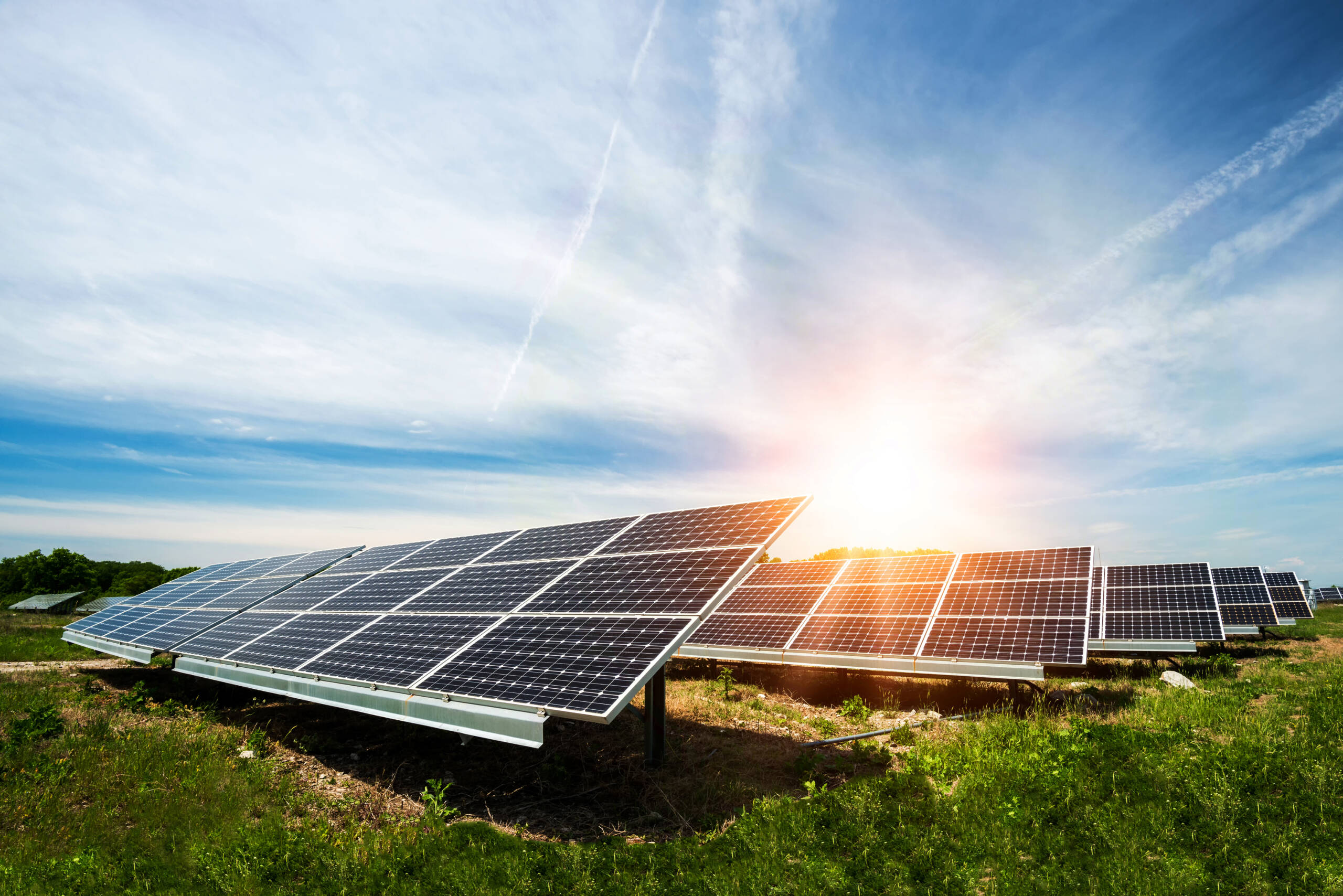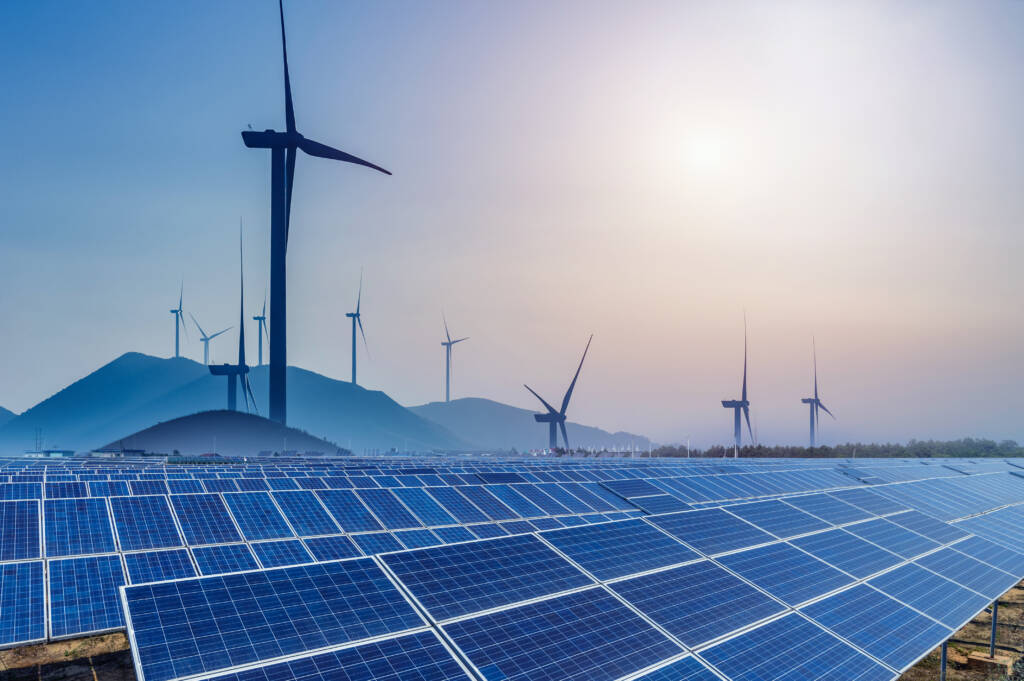QIn a world where the demand for energy continues to grow, the need for sustainable and environmentally friendly power sources has become paramount. Green energy, also known as renewable energy, offers a compelling solution. Harnessing the power of nature, green energy technologies enable us to generate electricity without depleting precious resources or polluting the environment. In this article, we will explore how green energy can power the world all around us, revolutionizing the way we meet our energy needs.
- One of the most accessible and widely used green energy sources is solar power. By capturing the abundant energy emitted by the sun, solar panels convert sunlight into electricity. From rooftop installations on homes and businesses to vast solar farms, solar power can provide clean energy to power our daily lives, from lighting and appliances to charging electric vehicles. With advancements in technology and decreasing costs, solar power is becoming increasingly accessible and affordable.
Embrace the power of green energy to illuminate a sustainable future for generations to come
2. Wind energy is another prominent green energy source that has witnessed tremendous growth. Wind turbines capture the power of the wind and convert it into electricity. With their iconic rotating blades, wind turbines can be found on wind farms both onshore and offshore. Wind energy has the potential to generate significant amounts of power, contributing to the global energy mix and reducing reliance on fossil fuels. Its scalability and compatibility with various geographic locations make it a versatile and valuable energy source.
3. Hydropower, derived from the force of flowing water, is a reliable and well-established form of green energy. Dams and turbines convert the kinetic energy of water into electricity, generating clean and sustainable power. Hydropower plants can range from large-scale installations, such as hydroelectric dams, to smaller run-of-river projects. Hydropower’s ability to provide consistent and predictable energy makes it a valuable asset for meeting both baseload and peak electricity demands.



Biomass Energy
Biomass energy utilizes organic matter, such as agricultural waste, wood pellets, or dedicated energy crops, to generate heat and electricity. Biomass can be burned directly or converted into biogas or biofuels, offering a renewable energy alternative to fossil fuels. Biomass power plants can provide a consistent source of green energy while also contributing to waste management and reducing greenhouse gas emissions associated with organic waste decomposition.
Geothermal energy taps into the Earth’s natural heat, providing a constant and renewable source of power. Geothermal power plants harness the thermal energy beneath the Earth’s surface to generate electricity. This clean energy source can be found in regions with geothermal activity, such as geysers, hot springs, or volcanic areas. Geothermal energy offers a stable and reliable power supply, contributing to a more sustainable energy mix.
Green energy sources provide a viable and sustainable solution to meet our ever-growing energy demands. From solar and wind power to hydropower, biomass, and geothermal energy, the options are diverse and abundant. By harnessing the power of nature, we can power the world around us while minimizing our environmental impact. The shift towards green energy is not just an opportunity for a cleaner planet, but also for economic growth, job creation, and energy independence
